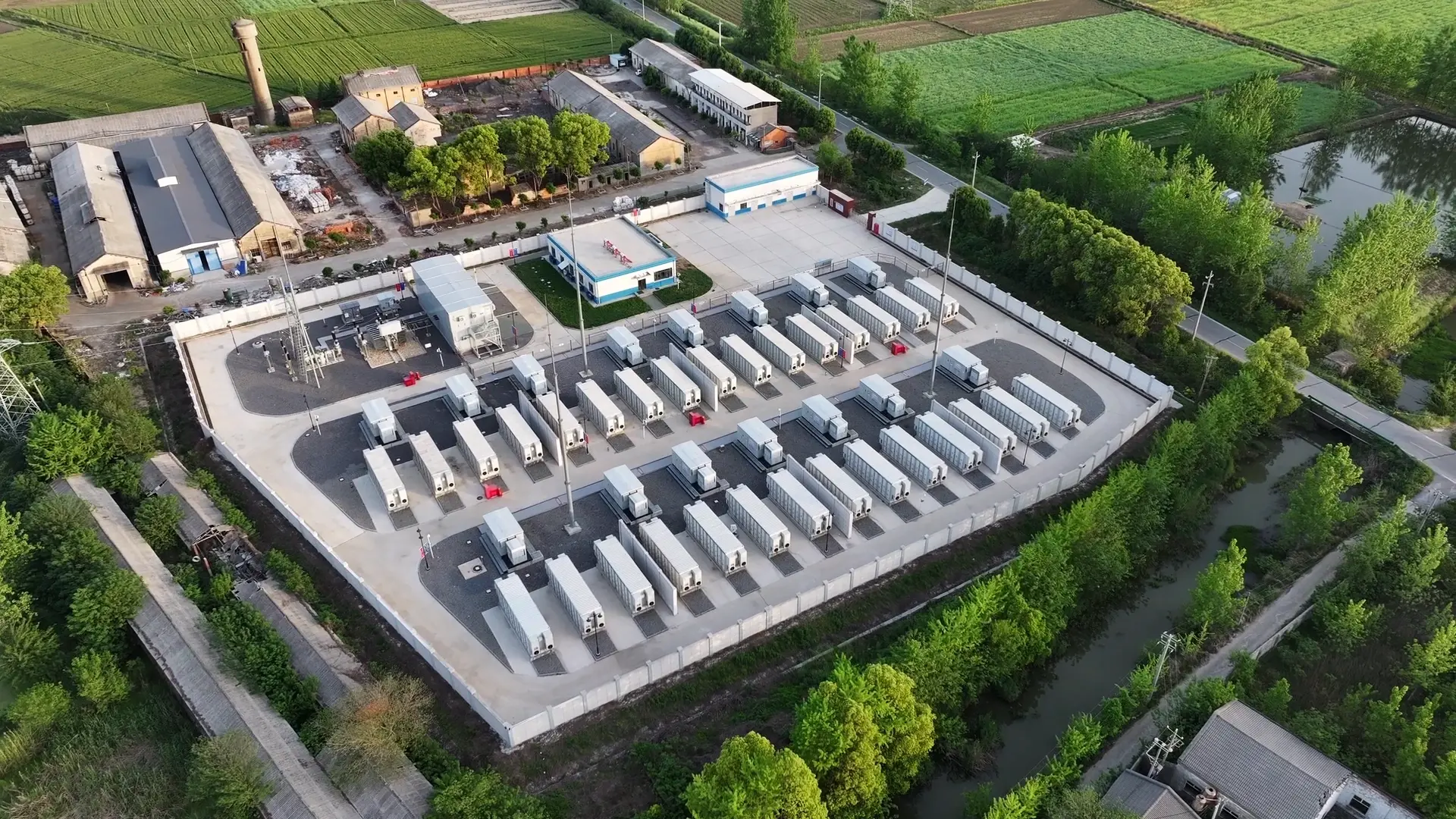Mistake 1. Ignoring Regular Battery Inspections
- Problem:
Many users only check UPS batteries when a problem occurs. However, skipping routine inspections can let small problems become big ones.
- Consequences:
● Undetected battery degradation: Early signs like slight voltage drops or swelling go unnoticed.
● Unexpected system shutdowns: Small faults can escalate, causing UPS failure during outages.
● Shortened battery lifespan: Minor issues left unchecked can permanently damage the battery.
- How to Avoid:
● Plan regular inspections at least every three months.
● Use UPS monitoring tools to track battery health, temperature, and voltage.
● Record inspection results to identify trends or problems over time.
Mistake 2. Overcharging or Undercharging Batteries
Problem:
Incorrect charging—either too high or too low—can damage the battery and reduce its efficiency.
Consequences:
● Reduced battery capacity: Overcharging leads to overheating, while undercharging prevents full charge cycles.
● Swelling or leakage: Improper charging can cause chemical reactions inside the battery.
● Shorter operational life: If charging mistakes continue, the battery’s life can drop a lot.
How to Avoid:
● Charge according to the manufacturer’s instructions.
● Use smart chargers that prevent overcharging.
● Check voltage and temperature regularly while charging.
Mistake 3. Operating Batteries in Extreme Temperatures
Problem:
Batteries are sensitive to temperature. High heat accelerates chemical reactions, while extreme cold can reduce battery capacity. Failing to maintain optimal temperature environment for UPS batteries is one of the most obvious mistakes.
Consequences:
● Decreased runtime: Cold conditions reduce effective capacity, while hot conditions accelerate battery aging.
● Thermal damage: High temperatures may cause swelling or leakage.
● Shortened Lifespan: Lifespan may be reduced by 30–50% in improper conditions.
How to Avoid:
● Maintain battery room temperature between 20–25°C (68–77°F).
● Install temperature sensors to monitor the variations.
● Don’t put UPS units near heaters or places with cold air blowing.
Mistake 4. Failing to Replace Batteries on Time
Problem:
Some users delay battery replacement, assuming the UPS will keep working without problems. In reality, batteries naturally degrade over time, losing their ability to hold a full charge, which can lead to unexpected UPS failures when backup power is needed most.
Consequences:
● Unexpected power failures: Old batteries may fail during outages.
● Reduced backup runtime: Even if the UPS works, runtime may be insufficient.
● Safety risks: Aging batteries can overheat, swell, or even catch fire.
How to Avoid:
● Monitor battery runtime capacity regularly.
● Maintain a proactive replacement schedule and replace batteries before they reach end-of-life.
Mistake 5. Neglecting Terminal and Connection Maintenance
Problem:
Loose, corroded, or dirty battery terminals increase electrical resistance, leading to inefficient charging and discharging. Many people skip cleaning or tightening connections because they worry about sparks or find the task inconvenient.
Consequences:
● Voltage drops: Poor connections limit available power.
● Sparking or short circuits: Increased risk of fire or damage.
● Faster battery wear: Batteries work harder to overcome resistance, shortening their lifespan.
How to Avoid:
● Inspect terminals for corrosion and tightness monthly.
● Clean connections using appropriate tools and safety precautions.
● Apply anti-corrosion grease if recommended by the manufacturer.
Mistake 6. Ignoring Load Testing
Problem:
Some operators assume a UPS system is healthy without actually testing its ability to handle real loads. This can give a false sense of security and cover up underlying issues.
Consequences:
● Runtime overestimation: Batteries may fail when supporting actual loads.
● Unpreparedness for outages: UPS systems could shut down unexpectedly during power loss.
● Hidden battery weaknesses: Gradual battery degradation remains unnoticed until a failure occurs.
How to Avoid:
● Perform regular load tests following the manufacturer’s guidelines.
● Record test results and compare them with expected performance to find problems.
● Adjust maintenance schedules based on the outcomes of load tests to ensure battery system reliability.
Mistake 7. Storing Batteries Improperly
Problem:
Unused or spare batteries can lose capacity faster if stored in unsuitable conditions. Keeping UPS batteries in hot, humid, or poorly ventilated areas can accelerate degradation and reduces their lifespan.
Consequences:
● Premature degradation: Batteries may arrive at installation partially degraded.
● Reduced reliability: Backup systems may not perform as expected.
● Potential safety risks: Heat and humidity accelerate chemical reactions.
How to Avoid:
● Store batteries in a cool, dry environment.
● Keep them partially charged while in storage.
● Inspect and test before installation.
Mistake 8. Failing to Keep Maintenance Records
Problem:
Without proper documentation, it’s difficult to track battery health, age, and previous issues. Many organizations rely on memory instead of keeping systematic logs, which can lead to overlooked problems.
Consequences:
● Missed maintenance opportunities: Issues may go unnoticed and repeat.
● Difficulty planning replacements: Hard to schedule proactive maintenance.
● Non-compliance risks: Some regulations require documented maintenance records.
How to Avoid:
● Keep detailed logs of inspections, replacements, and tests.
● Use software or spreadsheets to track battery data efficiently.
● Review logs regularly to update and adjust maintenance plans.
Mistake 9. Using Incompatible Batteries
Problem:
Using batteries that don’t match the UPS (voltage, capacity, or type) can affect overall system safety and performance.
Consequences:
● Reduced backup performance: The UPS may not provide the expected runtime.
● System damage: Incompatible batteries can overheat, fail, or cause other safety issues.
How to Avoid:
● Always follow manufacturer specifications when replacing batteries.
● Check voltage, capacity, and chemistry before installing new batteries.
● Consult UPS technical support if you are unsure about compatibility.
Conclusion
UPS batteries are the heart of any power protection system. Neglecting proper maintenance can result in downtime, data loss, and safety hazards. By avoiding these 9 common mistakes, you can extend battery life, reduce costs, and ensure uninterrupted power when you need it most.
Maintaining your UPS batteries is the best way to protect your business from costly downtime. If you’re looking for reliable UPS battery solutions, monitoring tools, or expert maintenance services, Vision Battery can help. Contact us today to ensure your backup power system is always ready when you need it.




























 2025-08-20
2025-08-20 Name
Name Tel
Tel Email
Email Country
Country Company
Company Information
Information